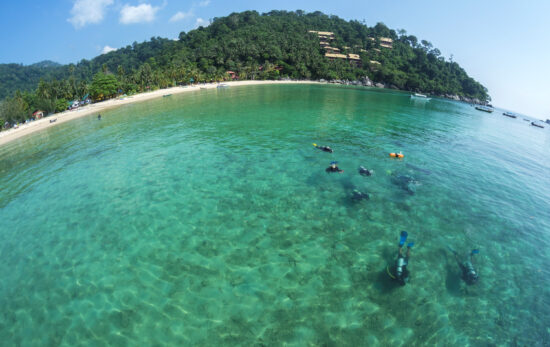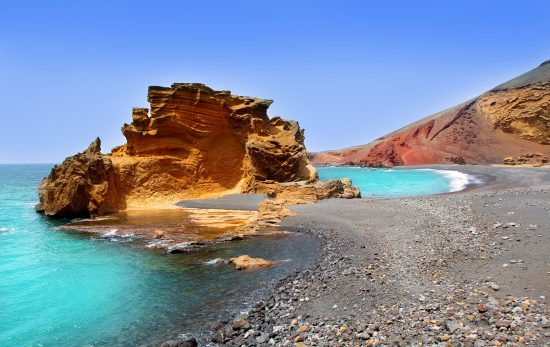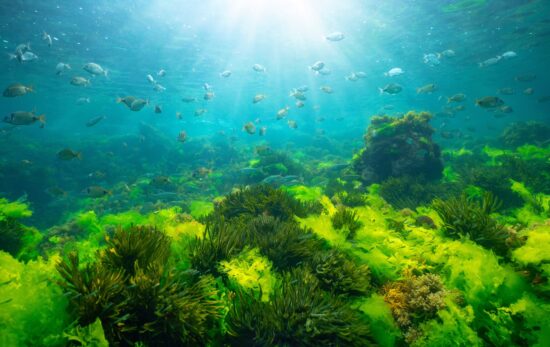One of my colleagues fondly remembers being 12 and having his father grin broadly and proudly while watching him through a window. The window viewed into a pool where he was taking scuba lessons, and it was his dad’s encouragement and permission to learn to dive that ultimately shaped his life and grew into his career. I have similar memories from a young age, swimming, freediving, diving and doing all sorts of watersports in lakes, pools and the ocean with my brother and friends – obviously influencing who I grew into and what I’ve been able to contribute. Passing it on, my children dive, with one now a PADI instructor trainer and cave/technical diver (I’m proud to say) who has a degree in marine biology and science.
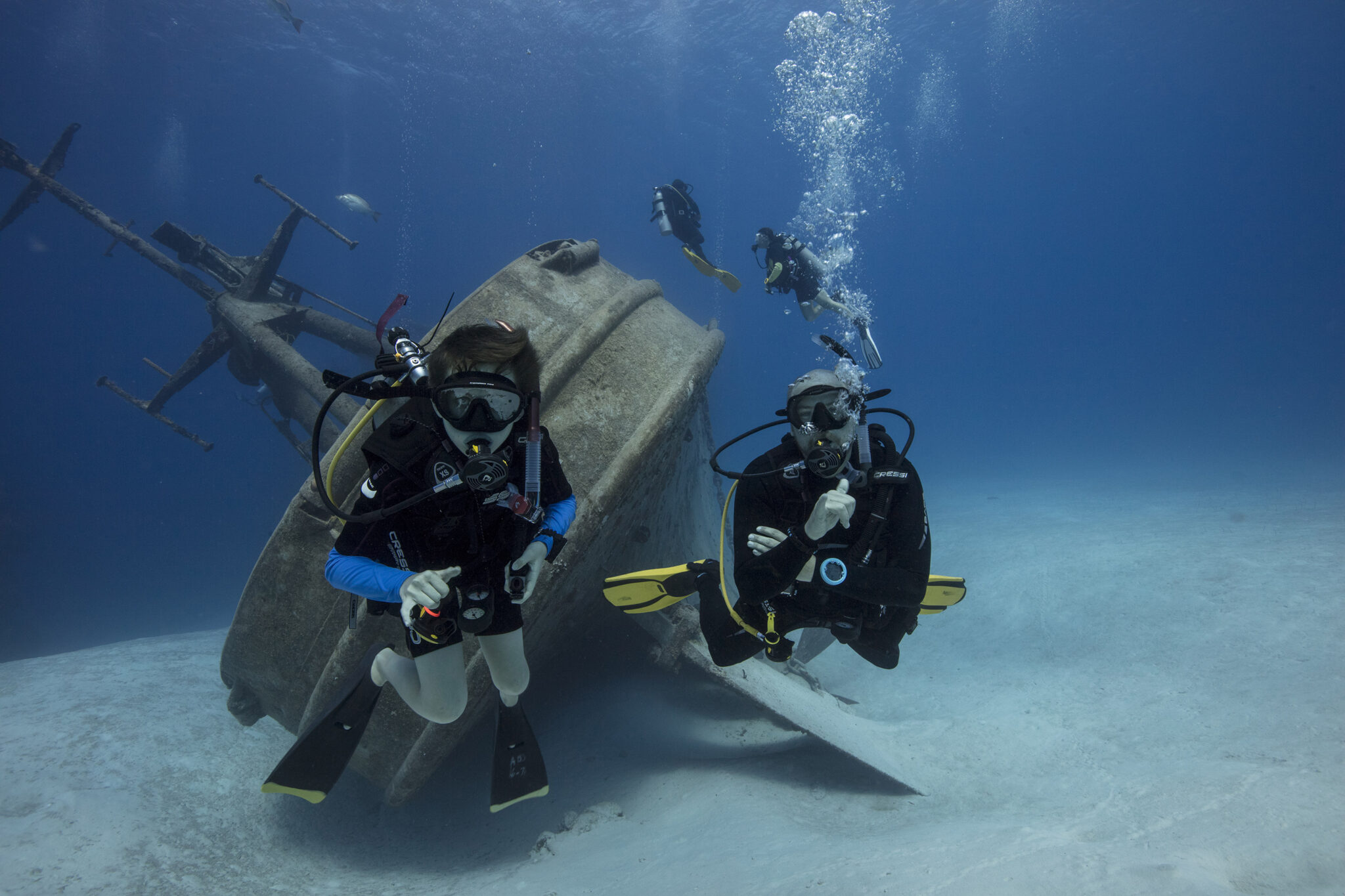
My point is that if you live in the northern hemisphere like I do, things are warming up, so as we head back outdoors to the water, let’s remember that diving is open to almost all ages. Whether you’re a parent with kids or teens, have younger siblings who can join along or know a child with an interest in the world around them, involving them in outdoor recreation – including watersports and diving – is great for them and really, everyone around them.
Great for kids.
There’s a growing consensus that children need more time outside for physical and emotional health, to develop thinking (exercise is good for your brain) and develop social skills. In some cultures, it’s estimated that kids average less than 30 minutes outside daily but 7 hours on electronic devices, and surely pandemic lockdowns have only made this worse. This makes diving an optimum outdoor activity because, by its nature, it engages physical, social and intellectual learning at the same time.
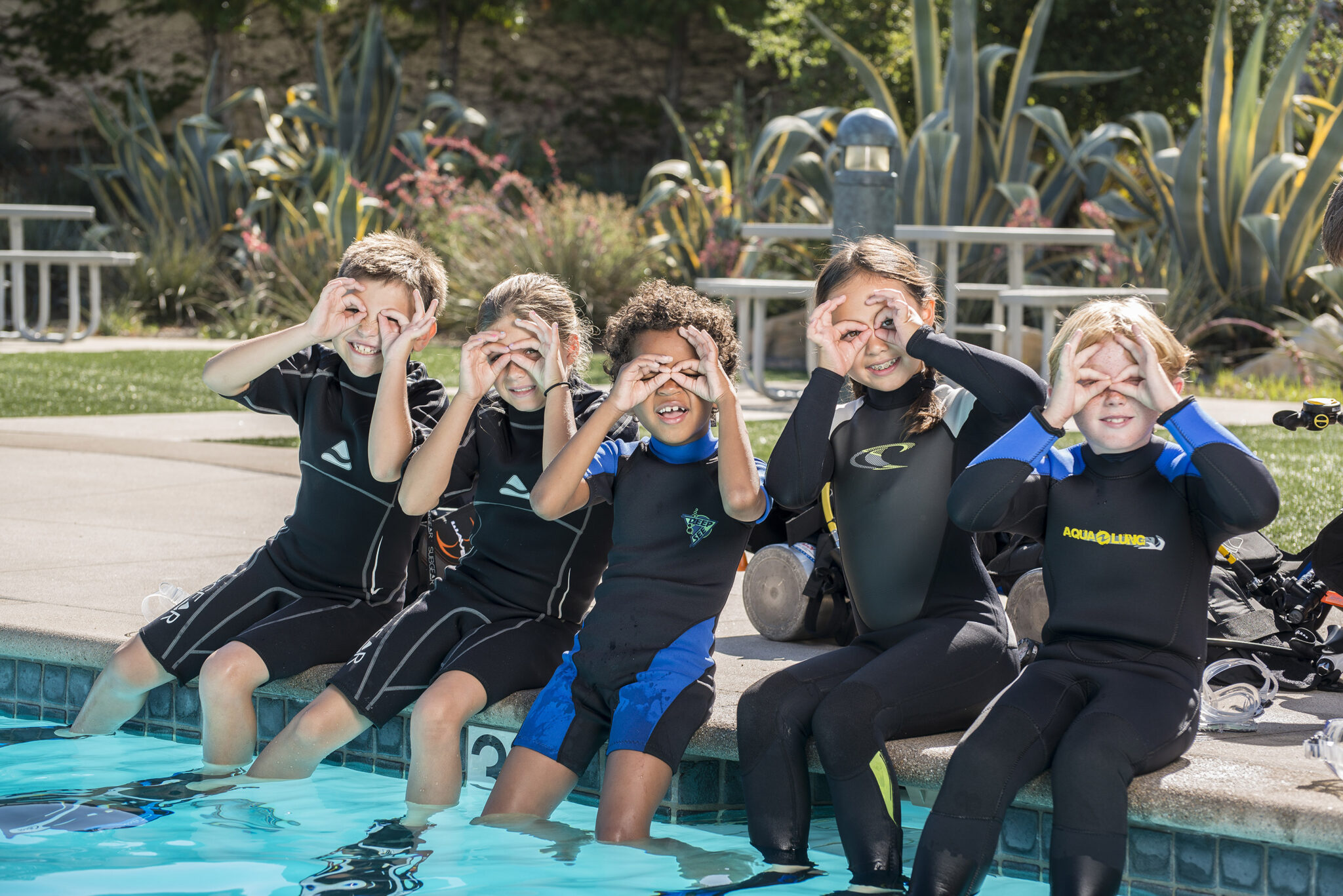
Great for families.
As most of us know, family time is important for kids and teens. It’s reported that when kids spend ample time with their parents, families tend to be closer, they do better in school and are less likely to get into serious trouble like drug abuse. Taking on new adventures and challenges together – like diving (or learning to dive) – builds deeper and stronger family connections.
Check out the video below to see how this family enjoys unforgettable time together diving with sharks in Costa Rica!
Increased water safety.
Some sobering statistics: Drowning is the third leading cause of accidental death, with the risk highest in kids. In fact, in the U.S. it’s the leading cause of accidental death in kids younger than four — but estimates say learning to swim reduces their risk more than 75%. That, in my opinion, is reason enough to involve youth in supervised swimming and watersports.

Variety and compatibility.
One challenge for some families is involving different ages and abilities. Diving and your local PADI operator has the variety you need to clear this hurdle. Just starting in the water? PADI Swim School. For 8 and older, PADI Bubblemaker introduces scuba in 2 meters/6 feet of water, and PADI Seal Team develops fundamental scuba skills and lets youngsters practice grownup-style diving in a pool.
Starting at 10, kids can earn the Junior versions of the PADI Open Water Diver and Adventure Diver certifications. Then at 12, they can earn Junior Advanced Open Water Diver and Junior Rescue Diver certifications. These are all full certifications with age-related limits (e.g. must dive with an adult) that upgrade to the equivalent adult certifications at age 15. And one thing almost unique to diving is that a very experienced, hardcore diver and a novice, less experienced diver can dive together (within the latter’s limits, of course) and both have a great time. This makes diving a great family fit even if one or both parents are hardcore Tec 100 CCR Divers and the kids just started diving.
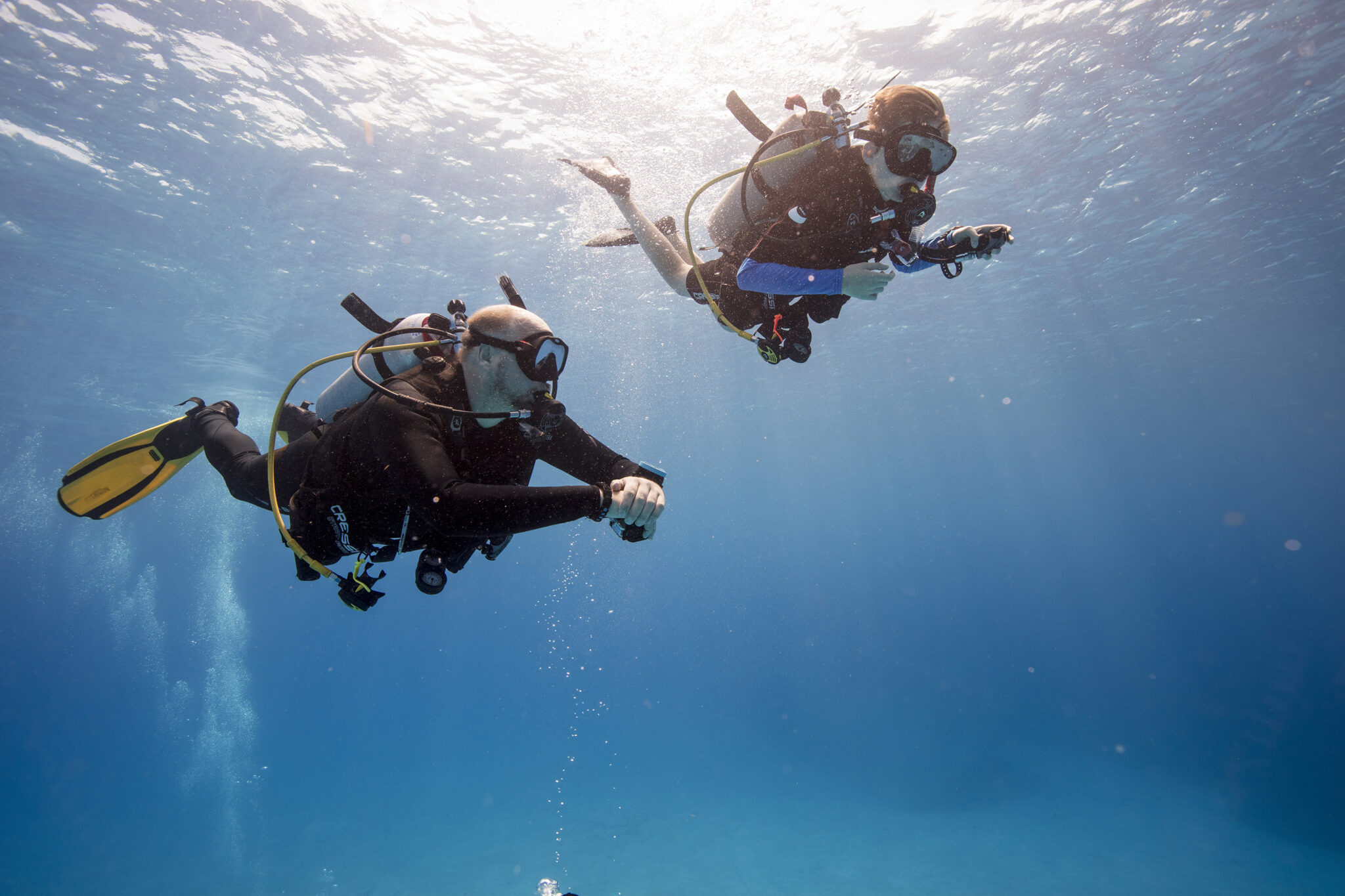
So as we head back to the water (or continue there for those of us already there), let’s keep the younger generation around us involved. It’s not only fun, but there are a lot of proven benefits and for some kids, involvement in swimming and diving can be life changer.
Seek adventure. Save the ocean.
Drew Richardson
PADI President & CEO PADI Worldwide

